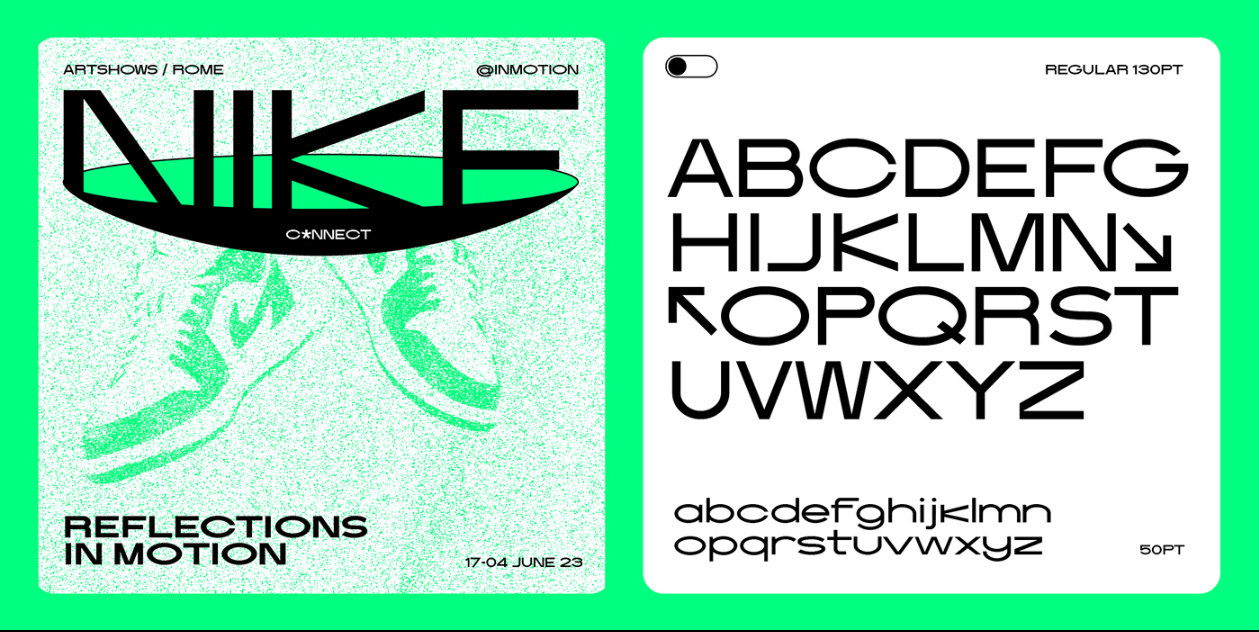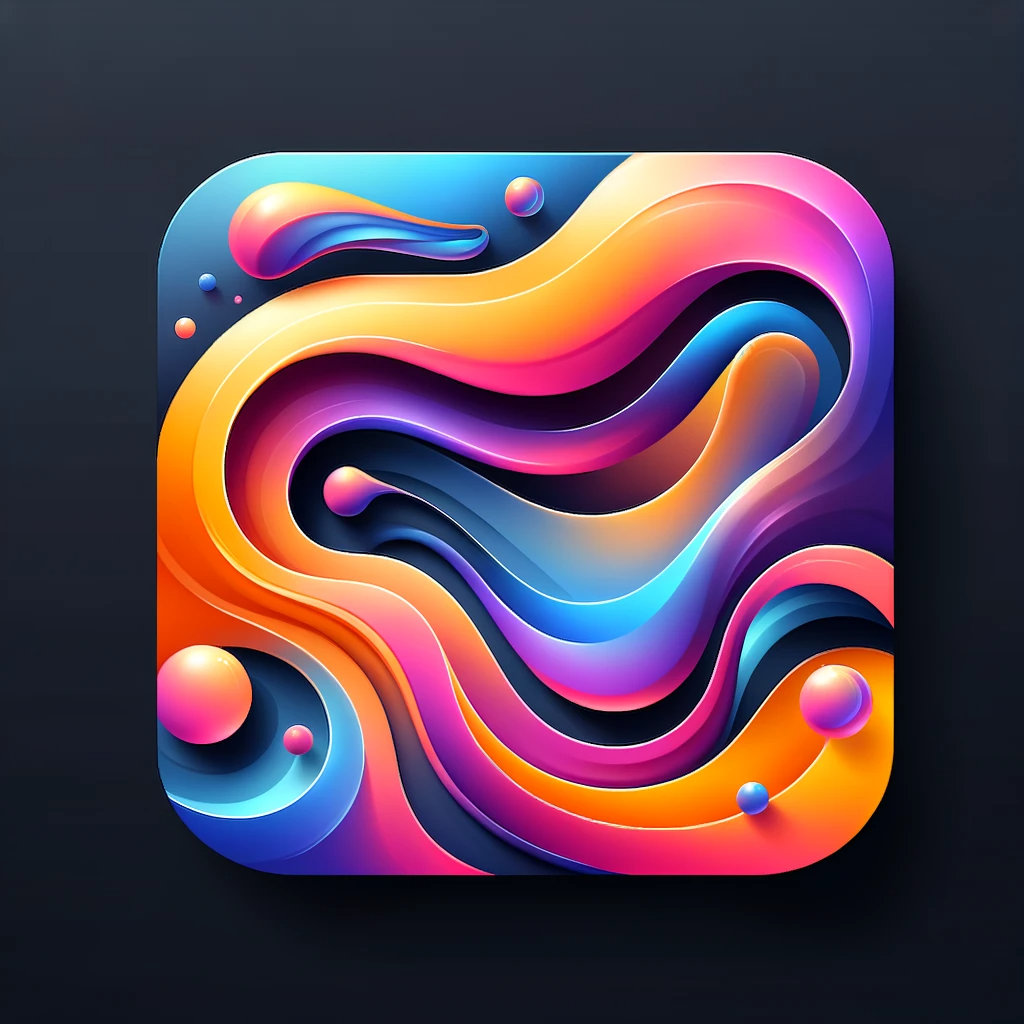As we navigate through 2023, the landscape of graphic design continues to evolve at a rapid pace, influenced by cultural shifts, technological advancements, and consumer behaviors. Brands are not just competing for market share; they are vying for attention, connection, and memorability in a digital-first world. This year, we’re seeing a resurgence of some nostalgic elements reimagined for the modern eye, alongside the embrace of bold new aesthetics that push the boundaries of the traditional branding playbook. From the minimalism of vintage-inspired designs to the bold frontiers of the Metaverse, these top 7 graphic design trends are setting the tone for how brands communicate their identity and values. Each trend not only reflects the current zeitgeist but also offers a unique set of opportunities for brands to tell their story in a way that is visually compelling and resonant with their audience. Let’s dive into each of the top graphic design trends for branding in 2023.
Minimal Vintage
This trend revives classic design elements from the past but presents them with a minimalist approach. The goal is to evoke nostalgia while keeping the design clean and uncluttered. Brands may use this style to signify craftsmanship and timelessness, utilizing muted color palettes and simplified illustrations that pay homage to the past without overwhelming the senses. It’s a balancing act between old and new, aiming to appeal to those who appreciate the elegance of simplicity and the charm of yesteryear.
Work by Tahmina Azim, tahmina-azim.com
Explore the full project here.
Photographic Branding
High-quality, authentic photographs are becoming the centerpiece of branding efforts, moving away from generic stock images. The emphasis is on storytelling through imagery that captures the brand’s essence and values. This approach can create a strong emotional connection with the audience by showcasing real-life scenarios, products in action, or the people behind the brand. It’s about creating a visual narrative that aligns with the brand’s message and feels both personal and relatable.
Work by FAENA Studio. www.faena-studio.org
Explore the full project here.
The Return of the Sans Serif
Sans serif typefaces are making a comeback, favored for their readability and modern aesthetics. Brands are embracing this trend for both digital and print media, favoring clean lines and open spaces that enhance legibility. This trend reflects the digital-first approach of many companies, with an emphasis on clarity and functionality. The return of the sans serif speaks to a desire for directness and efficiency in communication.
Work by TT Commons™ Pro
Explore the full project here.
Rich Jewel Colours
Bold and saturated jewel tones like emerald green, sapphire blue, and amethyst purple are being used to convey luxury and exclusivity. These colors are often paired with high-quality materials in branding materials, suggesting opulence and premium status. This trend is particularly popular in branding for high-end products and services, where color can instantly communicate a sense of indulgence and sophistication.
Distorted Type
Distorted type challenges traditional typography rules by stretching, skewing, and warping text to create unique and eye-catching designs. This approach is not just about being different; it’s about grabbing attention and making a statement. It’s particularly effective for brands that want to stand out in crowded markets and convey a sense of innovation or rebellion.
Work by iframe desiegn
Explore the full project here.
Liquid Gradients
Fluid and multi-colored gradients are being used to add depth and dimension to flat designs. This trend offers a modern twist on the gradients of the past, with smooth transitions that mimic natural light and movement. Brands use liquid gradients to suggest innovation and to give a fresh, contemporary feel to their visual identity. This style is versatile and can be adapted to various contexts, from app interfaces to product packaging.
Metaverse
The Metaverse trend in graphic design reflects the growing intersection between our physical reality and digital experiences. This trend is characterized by the creation of branding materials that evoke a sense of immersion into a virtual world. Designers leverage 3D elements, digital textures, and interactive components to craft brand identities that are not just seen but experienced. These designs often feature virtual reality environments, augmented reality interfaces, and other elements of a digital ecosystem that communicate a brand’s forward-thinking and innovative nature. By utilizing the Metaverse aesthetic, brands can position themselves at the cutting edge of technology, appealing to a tech-savvy audience that values the convergence of digital and physical spaces. The key to this trend is crafting a visual language that transcends traditional media and offers a glimpse into a future where brand interactions are multi-dimensional and deeply integrated with our daily lives.
Work by VITALIY VOROBEY
Explore the full project here.
























